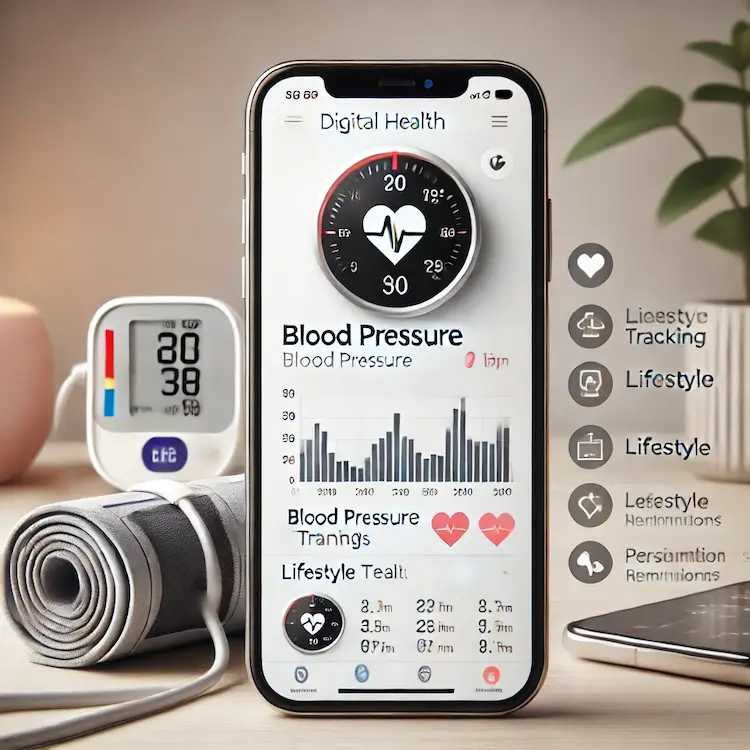High blood pressure, or hypertension, is a silent killer that affects millions globally, often without noticeable symptoms. Public health campaigns focused on blood pressure awareness are essential in combating this widespread issue. This article delves into these campaigns, their importance, methodologies, societal impacts, and practical strategies for implementation.
Importance of Public Health Campaigns on Blood Pressure Awareness
Raising Awareness
Hypertension often goes undiagnosed due to its asymptomatic nature. Public health campaigns educate the population about the risks of unmanaged blood pressure and its link to severe conditions like heart disease, stroke, and kidney failure.
Encouraging Preventive Care
Campaigns motivate individuals to undergo regular screenings and adopt healthy lifestyle habits. Early detection can significantly reduce health complications and healthcare costs.
Impact on Public Health Systems
By reducing the prevalence of hypertension-related diseases, these campaigns alleviate the burden on healthcare systems, enabling resources to be allocated more effectively.
Key Components of Blood Pressure Awareness Campaigns
Educational Outreach
- Workshops and Seminars: Interactive sessions in community centers, schools, and workplaces teach participants about the risks of hypertension.
- Multimedia Content: Utilizing videos, infographics, and social media posts ensures messages reach a wider audience.
- Healthcare Provider Partnerships: Doctors and nurses play a pivotal role in educating patients during routine check-ups.
Screening Initiatives
- Mobile Screening Units: These reach underserved areas, providing free blood pressure checks and health advice.
- Community Health Drives: Organized events in urban and rural areas offer accessible health evaluations.

Advocacy for Healthy Lifestyles
- Dietary Guidelines: Promoting reduced salt intake and a balanced diet rich in fruits, vegetables, and whole grains.
- Physical Activity Campaigns: Encouraging regular exercise through initiatives like walking clubs or workplace fitness programs.
- Stress Management Workshops: Providing tools such as meditation and time management techniques.
Comparative Analysis of Campaign Strategies
| Strategy |
Advantages |
Challenges |
| Multimedia Campaigns |
Broad reach, cost-effective, adaptable to various platforms |
Limited engagement with older or rural populations |
| Community Health Drives |
Direct interaction, builds trust within communities |
Requires substantial funding and logistical support |
| Mobile Screening Units |
Reaches underserved areas, improves early detection rates |
Limited capacity and geographical coverage |
Societal and Health Impacts
- Health Outcomes:
Public campaigns lead to earlier diagnoses, reducing the risk of complications. WHO reports that even a 10% reduction in population-wide blood pressure levels can significantly lower cardiovascular disease mortality rates.
- Economic Benefits:
Reduced hospital admissions for hypertension-related conditions result in lower healthcare expenses. A study by the CDC found that every dollar spent on preventive health campaigns saves $5 in medical costs.
- Behavioral Changes:
Campaigns foster a culture of health consciousness, encouraging sustainable habits like regular exercise and healthier diets.
Practical Advice for Campaign Implementation
Steps for Designing Effective Campaigns
- Identify Target Audiences: Tailor messages for demographics such as age groups, ethnicities, or high-risk individuals.
- Leverage Technology: Use social media, apps, and wearable devices to promote awareness and self-monitoring.
- Collaborate with Stakeholders: Partner with NGOs, local governments, and healthcare providers for resources and reach.
Tips for Community Engagement
- Use relatable storytelling to humanize the risks of high blood pressure.
- Provide incentives like free consultations or fitness vouchers to boost participation.

Tools and Approaches in Blood Pressure Awareness
Self-Monitoring Devices
Home blood pressure monitors empower individuals to track their health and seek timely medical advice. Brands like Omron and Withings offer reliable, user-friendly options.
Digital Health Apps
Apps like MyFitnessPal and HeartWise integrate blood pressure tracking with lifestyle management tools, making it easier for users to monitor progress.
Policy Interventions
Government policies, such as subsidizing antihypertensive medications and mandating clear food labeling, amplify campaign effectiveness.
Key Takeaways
- Early Detection is Vital: Regular screenings can prevent complications.
- Empower Communities: Public health campaigns should focus on education and accessibility.
- Leverage Technology: Digital tools can enhance awareness and self-care practices.
- Collaboration is Key: Partnerships with various stakeholders maximize impact.
Conclusion
Public health campaigns on blood pressure awareness play a crucial role in reducing the prevalence of hypertension and its associated risks. By leveraging educational outreach, community screenings, lifestyle advocacy, and digital health tools, these campaigns empower individuals to take proactive steps in managing their blood pressure.
Key takeaways from this article include:
- Early detection is key: Regular screenings and monitoring can prevent complications.
- Education and awareness matter: Public outreach efforts help people understand the risks and necessary lifestyle changes.
- Technology enhances accessibility: Digital health apps and wearables enable individuals to track their blood pressure and stay informed.
- Community involvement is essential: Collaborations with healthcare professionals, policymakers, and local organizations amplify the impact of these campaigns.
For long-term success, continued investment in hypertension awareness programs, innovative healthcare solutions, and public engagement is necessary. By prioritizing these initiatives, societies can improve overall health outcomes, reduce healthcare costs, and promote healthier lifestyles for future generations.
![]()
